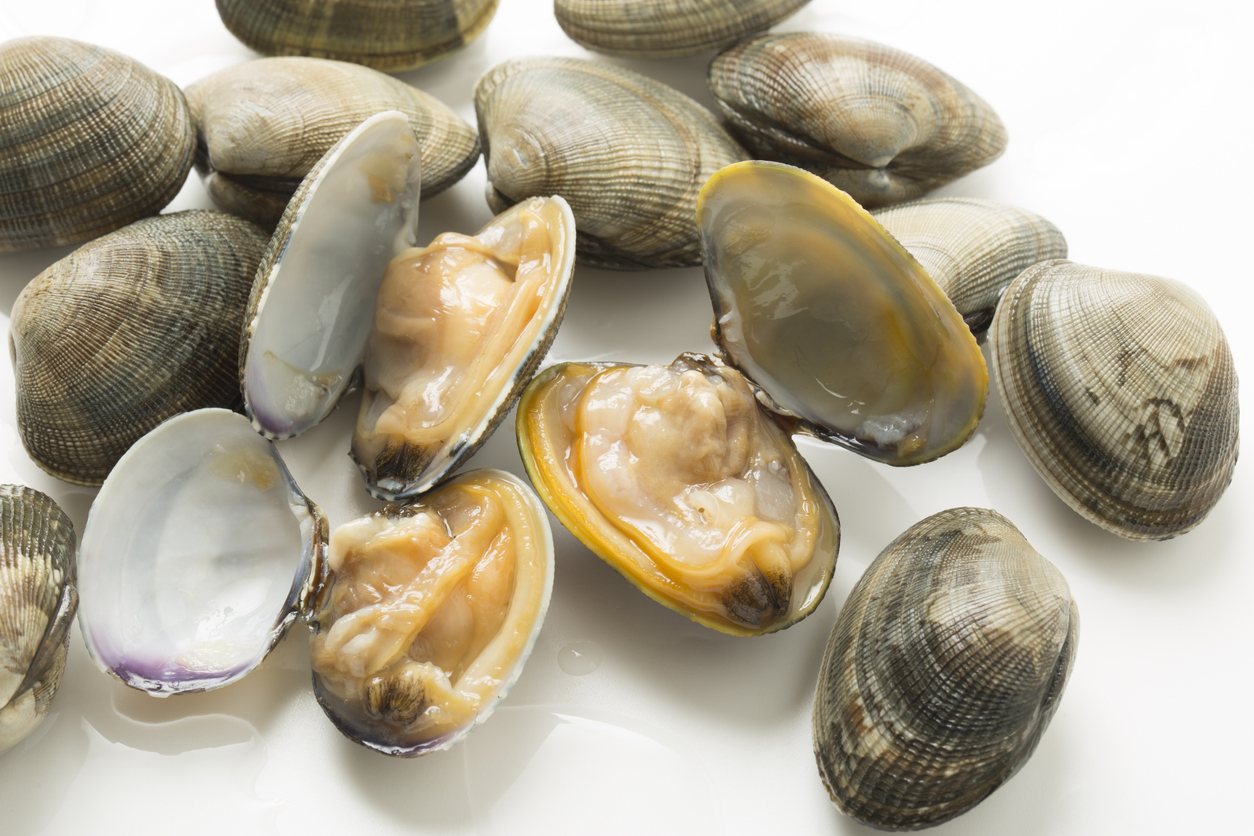2022/07/19
False-Origin Labelling Scandal of Clams of Kumamoto Prefecture – Can Consumers Accept Fair Value?

(The original article in Japanese was posted on February 10, 2022)
The issue of the disguised origin of clams of Kumamoto Prefecture has been rippled out. There have already been impacts not only on clams but also on other marine products. Mislabelling and fraudulent labelling have occurred also in the past. Nevertheless, I was again surprised at the deep-rooted “industry-wide” deception that occurred this time.
The Ministry of Agriculture, Forestry and Fisheries conducted an independent survey from October to December 2021, and announced that as much as 80%, or 2,485 tons, of domestically produced clams were sold labelled as being produced in Kumamoto Prefecture, and that 97% of them may be mixed with foreign clams. Even though it is an estimate, the amount of clams labelled and sold as products from Kumamoto Prefecture during the past three months was unrealistically 118 times the prefecture’s catch in the whole year before last. This means that somewhere out there, Kumamoto clams are being produced in large quantities. There is no way that fishermen, fishing cooperatives, wholesalers, and retail professionals do not notice.
The Food Labelling Act requires, in principle, labelling of the country of origin. However, as for products raised in two or more locations, the one location of the longer on the longest period of time can be labelled as the origin. The growth period of clams is one and a half years. Therefore, even clams imported from China would be labelled as “produced in Japan” if they are raised in domestic fishing grounds for half the period or longer. However, such a long raising period of 1.5 years would only lead to smaller profits, and resultantly, some companies shorten the period or even just omit the process of raising in Japan. It has been pointed out that the breakdown of disguises is 20% for the former and 80% for the latter.
The problem underlying this scandal was mainly the absolute decline of domestic clams. In the 1970s, Kumamoto Prefecture boasted of more than 60,000 tons of clams caught, which is 40% of the nation’s total, but in 2020, it caught only 21 tons. Even the whole domestic production was only a little less than 3% of the peak period. Overfishing, environmental pollution, land reclamation, and climate change were compounding factors, and were the origins of the disguise. The clam traders who want to sell their clams at the highest possible price, the retailers who want to purchase clams at a cheap price and sell in large quantities, and the consumers who want the assurance of domestically produced clams at a low price are all, so to speak, stakeholders and partners, in the disguise. As a result, genuine domestic products are hidden under the false products. This means that honest people in the market do not receive fair value.
In 2021, exports of agricultural products exceeded 1 trillion yen for the first time. The appeals of the Japanese food products are “delicious, reliable, and safe.” Since there have been limits to the growth of domestic demand, the promotion of exports is essential to strengthen the business foundation of the agriculture, forestry, and fishery industries. The national government has set a target of 2 trillion yen in 2025 and 5 trillion yen in 2030, in exports of these products. However, the falsification scandal came to light. In order to minimize the negative impact on the “Japan brand,” the industry structure that has tolerated the normalization of disguise is required to be changed as soon as possible. To achieve this, consumers themselves also need to accept “higher prices due to domestic production” and “lower quality due to cheaper prices” as a matter of course, since the “Japan brand” that is not valued by the Japanese consumers themselves will not fetch a high price.
This Week’s Focus, February 10
Takashi Mizukoshi, the President